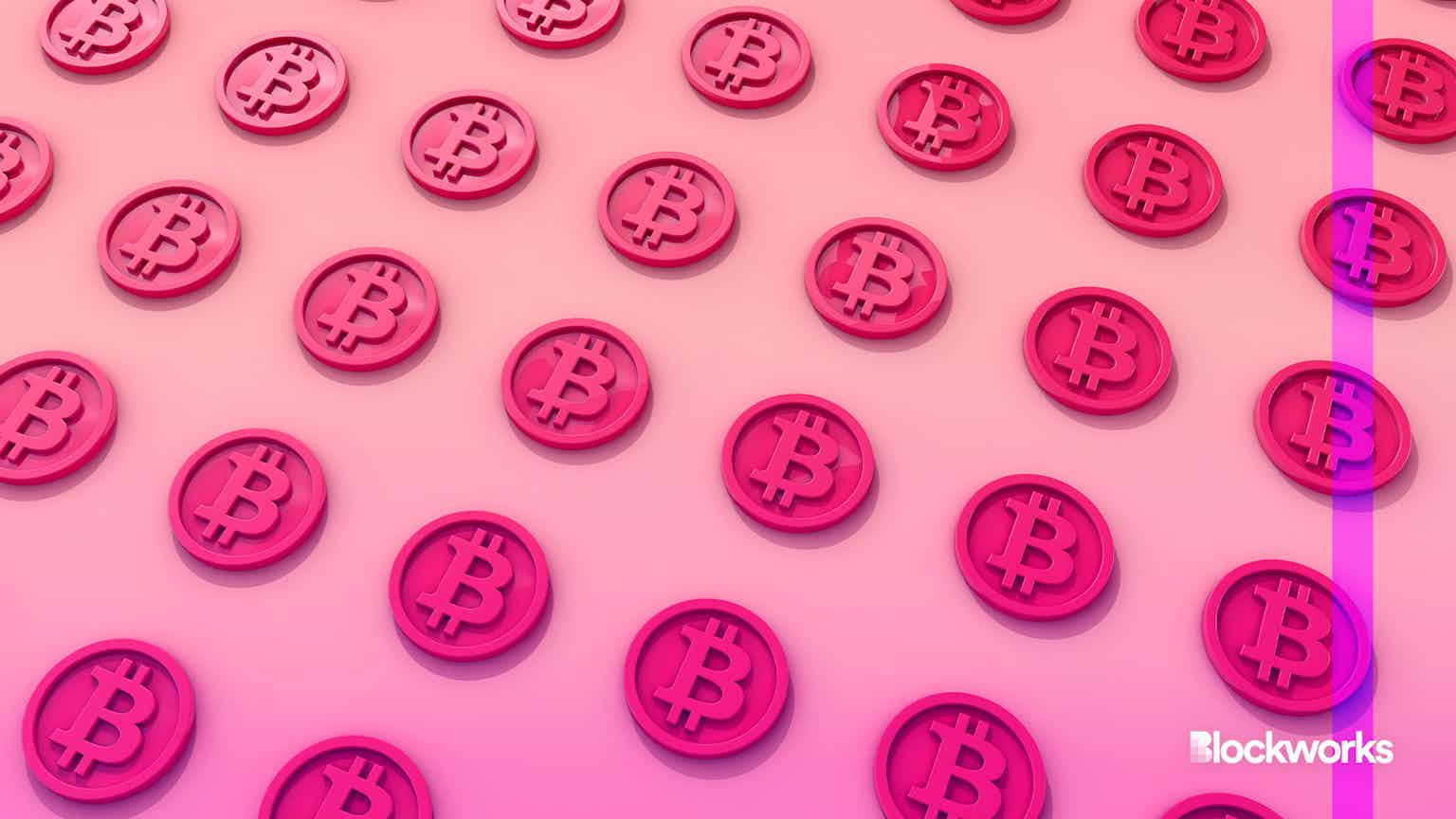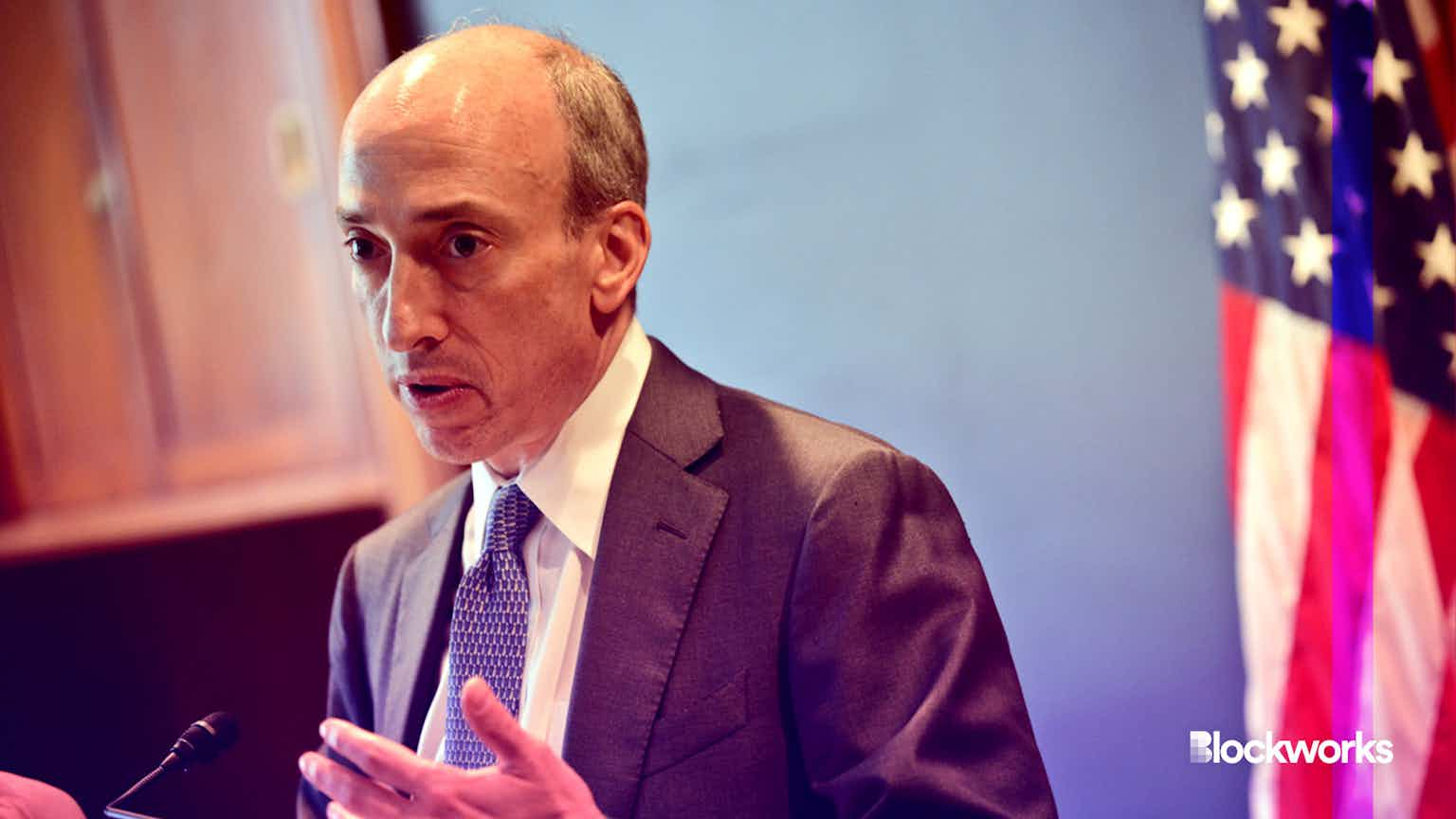US government hits Alex Mashinsky with lawsuit in Celsius legal salvo
The DOJ, along with major US regulators, took aim at failed crypto lender Celsius’ former leadership Thursday

Dall-e modified by Blockworks
The US Department of Justice has unsealed an indictment against former Celsius CEO Alex Mashinsky.
The indictment, which also named former Chief Revenue Officer Roni Cohen-Palvo as a defendant, was released as multiple regulatory agencies — CFTC, SEC and FTC — have filed lawsuits against both Celsius and Mashinsky.
The array of court filings comes just over a year after Celsius froze its lending platform and subsequently filed for bankruptcy. That move came amid growing legal scrutiny from American state and federal regulators. New York’s attorney general, Letitia James, accused Mashinsky of lying to investors in a lawsuit filed in January.
In a press statement published Thursday, U.S. Attorney Damian Wiliams said: “Today I am announcing the unsealing of an indictment charging Celsius’s founder and CEO, Alex Mashinsky, with orchestrating a scheme to defraud customers of Celsius through a series of false claims about the fundamental safety and security of the Celsius platform, and for participating in a scheme with Celsius’s Chief Revenue Officer, Roni Cohen-Pavon, to inflate the price of Celsius’s proprietary token, CEL.”
Mashinsky was arrested Thursday morning, according to the DOJ.
The DOJ also announced it had struck a non-prosecution agreement with Celsius itself “pursuant to which Celsius has agreed to accept responsibility for its role in the fraudulent schemes,” per the statement.
According to the indictment, the grand jury charged seven counts in the case, including wire fraud and token manipulation.
Here’s a look at what the DOJ alleged in its 46-page indictment.
CEL manipulation
The price of CEL, the now-failed platform’s native token, was manipulated by Mashinsky “for the purpose of artificially supporting and inflating” the price, prosecutors alleged.
In September 2021, Mashinsky communicated with a trader at Celsius in order to support CEL following a sell-off.
According to prosecutors, Mashinsky proceeded to swap 100 ETH for CEL and then told the trader: “[l]et’s see is we need more.”
He repeatedly purchased CEL during sell-offs to stabilize the price throughout 2020 and 2021, the DOJ alleged.
The price of CEL dropped in 2022 once Celsius began to decrease its market purchases.
“Celsius’ s market purchases of CEL were substantially lower than they were in 2021, with Celsius only purchasing modestly more CEL than it required to fulfill weekly CEL rewards,” the indictment states.
This led Mashinsky to allegedly approach his co-defendant Cohen-Pavon and say they needed to “defend CEL here so we don’t [lose]” our users.
They then tapped a trader to purchase $5 million of CEL.
Mashinsky, according to the filing, “considered, but ultimately did not pursue, a plan to further manipulate the price and availability of the CEL token through a ‘short squeeze’ in CEL.”
False statements
The DOJ alleged that Celsius — at the direction of Mashinsky — was not fulfilling the weekly public rewards it had promised to customers because of the manipulation the former CEO had ordered.
In one case, Mashinsky allegedly told both an unnamed Celsius executive and a trader to “temporarily cease purchasing CEL in the market to fulfill weekly public rewards until the price dropped by at least 30 percent.”
Mashinsky, however, had publicly stated that “Celsius would purchase all the CEL it needed to fulfill weekly rewards in the market.”
He also claimed Celsius was not “the invisible hand that controls the pricing here or anything like that.”
But, due somewhat to his practice of artificially inflating CEL’s price, Mashinsky and unnamed Celsius executives found a hole in the balance sheet in March 2021, per the DOJ filings. Both the issues with the balance sheet and the use of customer assets to buy CEL were not disclosed.
Mashinsky continued to make false claims that Celsius was buying CEL when it was not throughout 2021 and 2022, court filings said.
Mashinsky and Cohen-Pavon allegedly discussed the artificial inflation of CEL in WhatsApp messages.
“We’re not just sitting and watching the price. We’re on it all week and even now [another Celsius executive] and I are live with the market maker. The issue is that people are selling and no one is buying except for us,” Mashinsky was quoted as saying.
Start your day with top crypto insights from David Canellis and Katherine Ross. Subscribe to the Empire newsletter.





